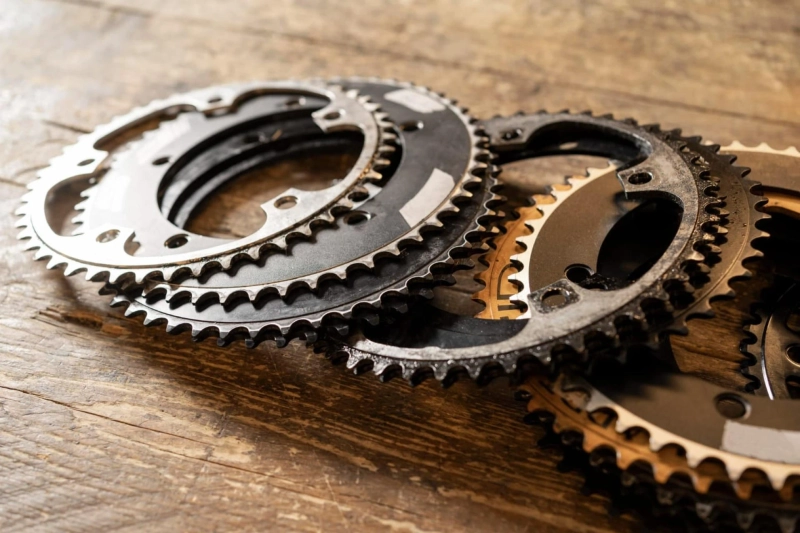Pipe bearing mounting plates are essential components in various industrial applications, providing support and stability for pipes and other cylindrical objects.
In this comprehensive guide, we\'ll explore everything you need to know about pipe bearing mounting plates, including their functions, types, materials, installation methods, and key considerations for selecting the right mounting plate for your application.
Introduction to Pipe Bearing Mounting Plates
Pipe bearing mounting plate, also known as pipe supports or pipe saddles, are mechanical devices designed to support and stabilize pipes, tubes, and other cylindrical objects. These plates are typically installed at regular intervals along the length of a pipe to prevent sagging, vibration, and damage caused by thermal expansion and contraction.
Functions of Pipe Bearing Mounting Plates
The primary functions of pipe bearing mounting plates include:
- Providing support and stability for pipes and cylindrical objects
- Distributing the weight of the pipe evenly across the mounting surface
- Preventing sagging, vibration, and movement of the pipe
- Absorbing thermal expansion and contraction of the pipe
- Protecting the pipe from damage caused by external forces or environmental factors
Types of Pipe Bearing Mounting Plates
Pipe bearing mounting plates come in various types to suit different installation requirements and environments. Understanding the different types can help you choose the most suitable option for your application:
- Fixed Mounting Plates: Fixed mounting plates provide rigid support for the pipe without allowing any movement or adjustment. These plates are welded or bolted directly to the supporting structure, providing stable support for the pipe. They are ideal for applications where precise positioning and alignment are not required.
- Adjustable Mounting Plates: Adjustable mounting plates feature components such as bolts or brackets that allow for precise positioning and alignment of the pipe. These plates offer flexibility during installation, making it easier to accommodate variations in pipe diameter or alignment. They are commonly used in applications where precise alignment is crucial, such as in plumbing and HVAC systems.
- Swivel Mounting Plates: Swivel mounting plates have a swivel mechanism that allows the pipe to rotate or pivot. This feature provides flexibility during installation and maintenance, allowing the pipe to be adjusted or repositioned as needed. Swivel mounting plates are particularly useful in applications where the pipe may need to be moved or adjusted regularly, such as in conveyor systems or machinery.
Materials Used in Pipe Bearing Mounting Plates
The choice of material for pipe bearing mounting plates depends on factors such as the application environment, load requirements, and corrosion resistance. Common materials used in pipe bearing mounting plates include:
- Steel: Steel mounting plates offer high strength and durability, making them suitable for heavy-duty industrial applications. They can withstand high loads and provide reliable support for pipes in demanding environments.
- Aluminum: Aluminum mounting plates are lightweight and corrosion-resistant, making them ideal for outdoor or corrosive environments. They offer excellent durability and are often used in applications where weight is a concern or where corrosion resistance is required.
- Stainless Steel: Stainless steel mounting plates provide excellent corrosion resistance and durability, making them suitable for harsh or sanitary environments. They are resistant to rust, corrosion, and chemical damage, making them ideal for applications in industries such as food processing, pharmaceuticals, and marine engineering.
Installation Methods for Pipe Bearing Mounting Plates
Pipe bearing mounting plates play a crucial role in supporting and stabilizing pipes in various industrial applications. The method of installation is essential to ensure proper functionality and longevity of the mounting plates. Here are the primary installation methods for pipe bearing mounting plates:
- Welding: Welding is a common method used to attach mounting plates directly to the pipe or supporting structure. In this method, the mounting plate is welded securely to the pipe, creating a permanent and robust attachment. Welding provides excellent stability and strength, making it suitable for heavy-duty applications where a permanent installation is required. However, welding may not be suitable for all materials and may require skilled personnel to ensure proper execution.
- Bolting: Bolting is another widely used method for installing mounting plates onto pipes or supporting structures. In this method, the mounting plate is secured to the pipe or structure using nuts, bolts, and washers. Bolting offers flexibility and adjustability, allowing for easy installation and repositioning of the mounting plates as needed. It also enables quick and straightforward removal for maintenance or replacement purposes. However, proper torqueing of bolts is crucial to prevent loosening over time and ensure a secure attachment.
- Clamping: Clamping involves securing the mounting plate around the pipe using adjustable brackets or straps. This method offers a quick and temporary attachment solution, allowing for easy installation and removal without the need for welding or drilling. Clamping is particularly useful in situations where frequent adjustments or temporary support are required. However, it may not provide the same level of stability and strength as welding or bolting methods, making it less suitable for heavy-duty applications.
Applications of Pipe Bearing Mounting Plates
Pipe bearing mounting plates are used in a wide range of industrial applications, including:
- HVAC (heating, ventilation, and air conditioning) systems
- Plumbing and water distribution systems
- Oil and gas pipelines
- Chemical processing plants
- Power generation facilities
- Industrial machinery and equipment
Conclusion
Pipe bearing mounting plates play a crucial role in supporting and stabilizing pipes and cylindrical objects in various industrial applications. By understanding their functions, types, materials, installation methods, and key considerations for selection, you can choose the right mounting plates for your specific application needs. Whether you\'re installing a new pipeline or upgrading an existing system, pipe bearing mounting plates are essential components that ensure the safety, stability, and reliability of your piping infrastructure.
Also Read: How Do You Prepare Aluminum for Anodizing?



